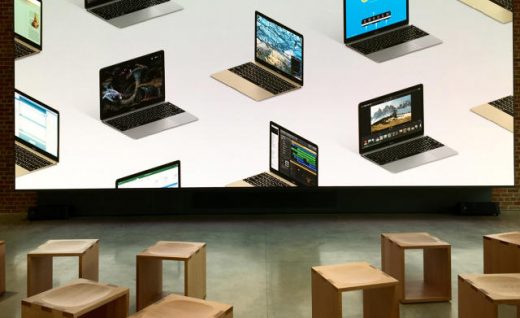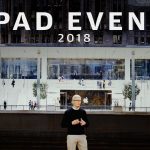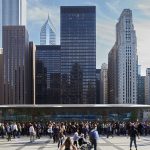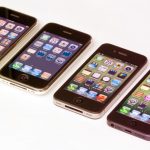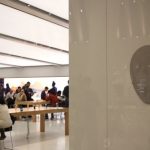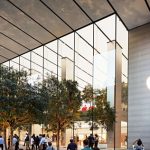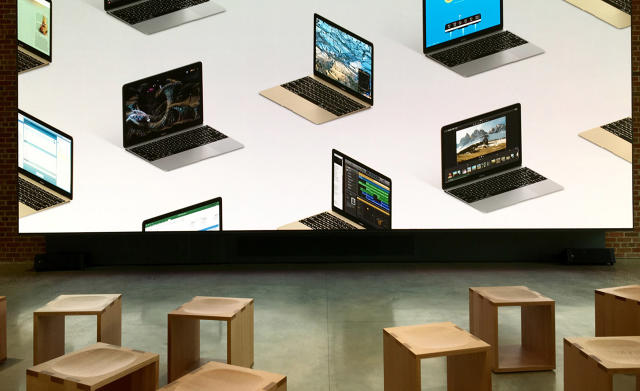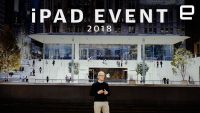Peek Inside Apple’s First Brooklyn Store, Complete With Exposed Brick
Exposed brick walls, polished concrete floors, pendant lamps, and a timber ceiling: Yup, we’re in Brooklyn.
This weekend Apple will open its first Brooklyn store, located in a restored warehouse in Williamsburg. The new digs are both a testament to the company’s respect for design history and a glaring reminder of the rapid commodification that has transformed the north Brooklyn neighborhood into a poster child for gentrification’s power and pitfalls.

247 Bedford Avenue was once home to loft apartments in varying states of decay, the grand arched windows on its ground floor a faint echo of past glory. In Apple’s hands those architectural elements have become an Instagram-ready backdrop for iPhones, iPads, Macbooks, and a pastel rainbow of accessories.
Across the street, history has been swallowed by an HSBC bank, a Duane Reade pharmacy, and a wall of glass-faced condos and townhouses.
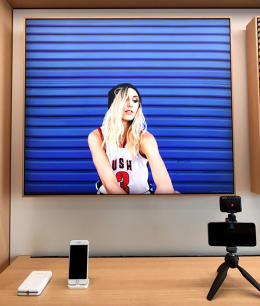
Inside the Williamsburg store, Apple has installed many of the same elements it introduced in May at its new San Francisco store in Union Square. There is a 6K video screen, surrounded by casual seating, and an emphasis on the blending of inside and outside space.
“We are super excited to meet the community,” Jason Barlia, New York market director, told the journalists and photographers gathered for a tour this morning.
Apple made a retail splash in 2013 when it poached Burberry CEO Angela Ahrendts in the hopes that she would revive its slumping in-store sales. Yet she has been largely invisible in the months since she started in her new role, as the New York Times recently noted—despite pulling in $82.6 million per year.
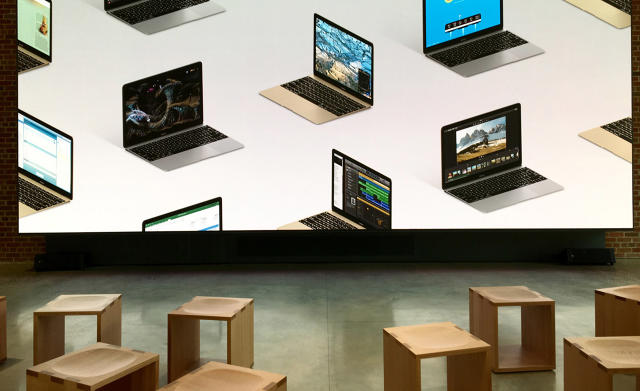
More than 60% of Apple’s 100,000-plus employees work in its retail division, giving Ahrendts the potential for exerting enormous influence over the company’s future. According to Fortune, she and CEO Tim Cook believe that Apple stores should evolve to function like community centers.
“In my mind,” she told Fortune last fall, store leaders “are the mayors of their community.”
In neighborhoods like Williamsburg, where the artists have fled and the chain stores have arrived, Apple “mayors” will have their work cut out for them.
[Cover photo: Flickr user JV Santore; Interior photos: Steph Brescia, Instagram: @stephbresh]

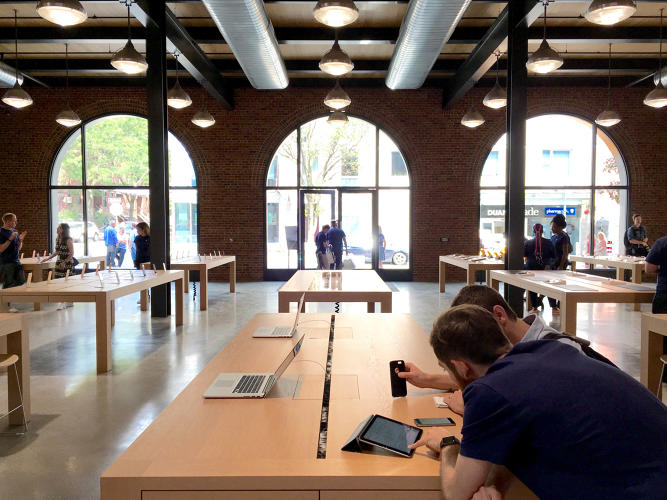
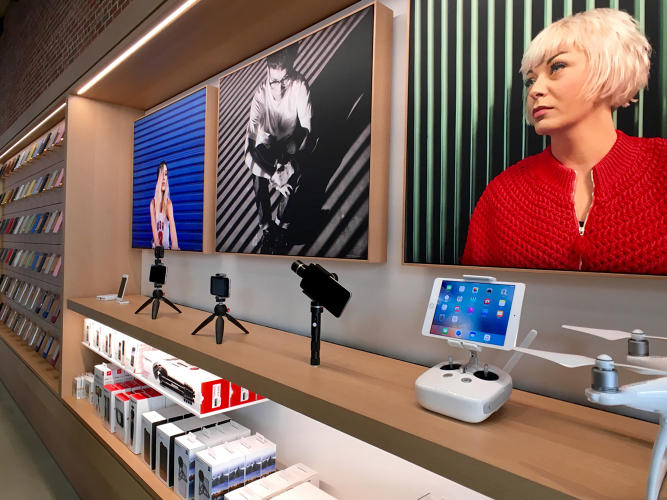
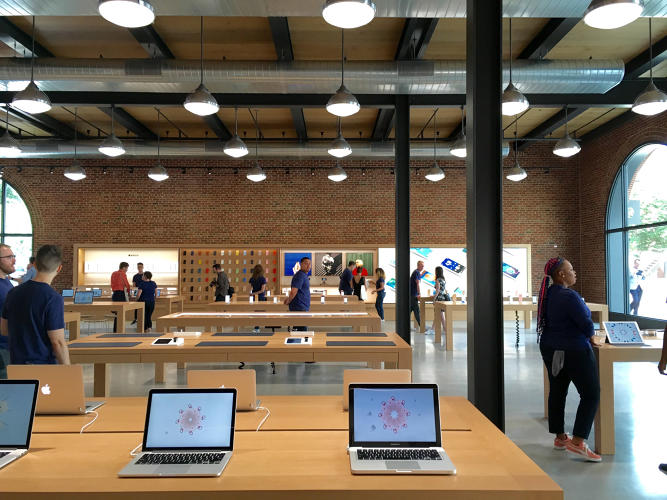
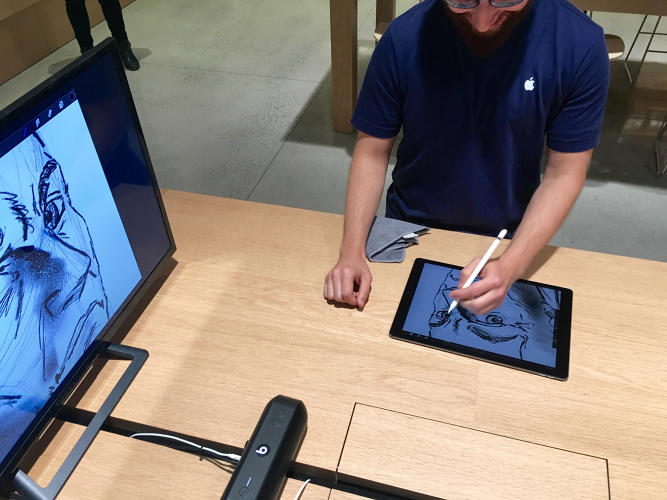
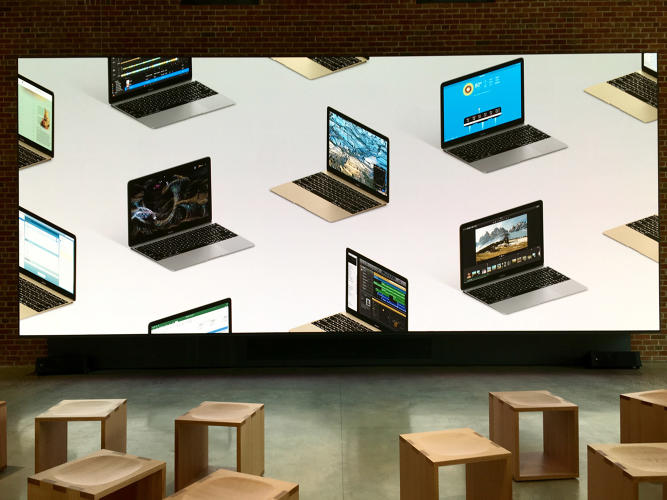

Fast Company , Read Full Story
(12)

